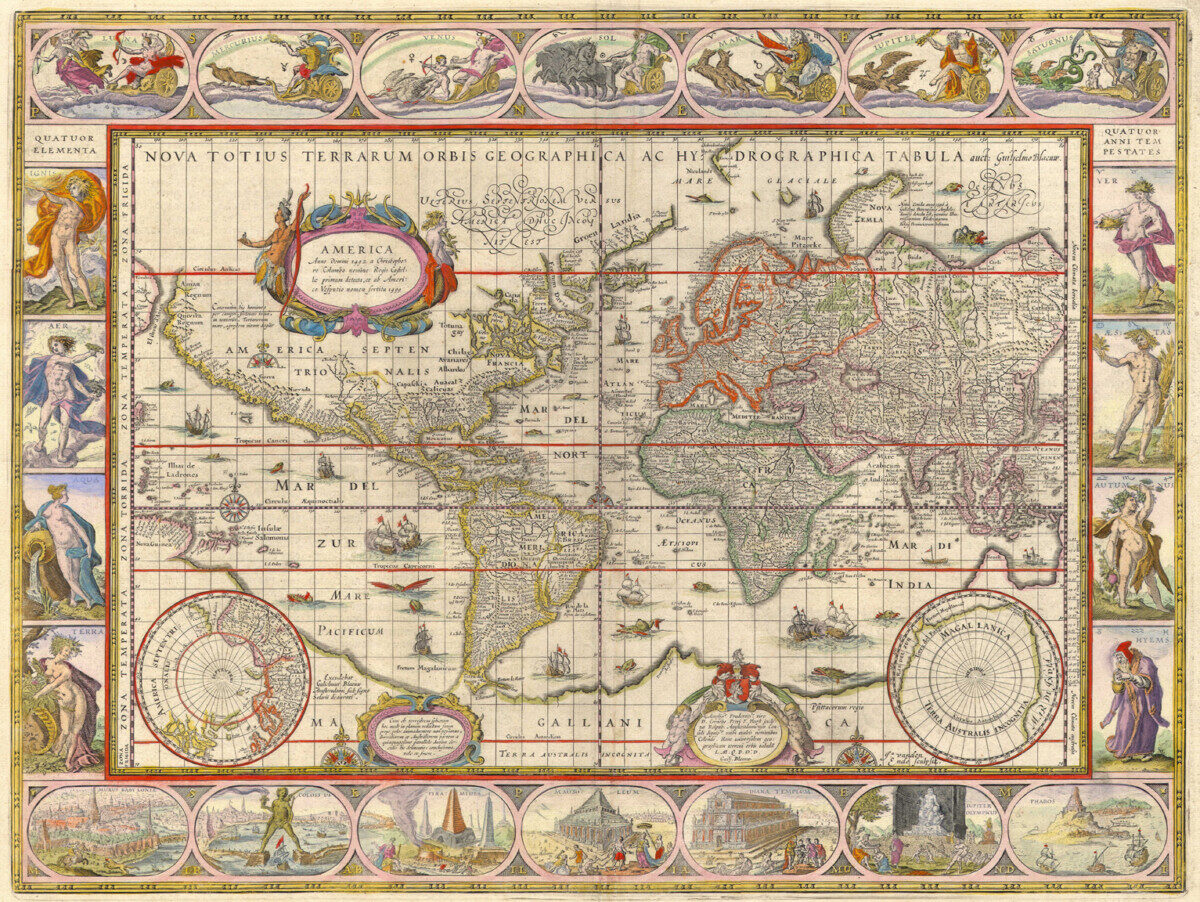I have always been skeptical about using film as an educational resource in school, but in many of my classes so far, film is an extremely useful and educational tool for learning in a different way. Many of my classes this semester have curiously linked up to discuss missionaries/missions in particular, and I thought that The Mission was a really useful supplemental resource in understanding how missions really worked, and how colonial religion interacted with native populations. I read a short story by Chinua Achebe in another class, where the African proverb “Let the eagle perch and let the hawk perch” was used in the context of letting the indigenous old culture and Christian new culture intersect peacefully, learning from each other and living harmoniously. Before watching The Mission, I really didn’t think this kind of coexistence was truly possible. I think a benefit of watching movies and experiencing anecdotal narratives is having a humanistic perspective on historical situations like this–like watching Father Gabriel’s dedication and true love for the native population. Although this may be a fictitious example, film inserts feeling back into history. Therefore, film as a “public humanities” resource makes history accessible, understandable to a population that may or may not be educated, and can be used to expand knowledge inside and outside a classroom setting.
A Digital Resource
